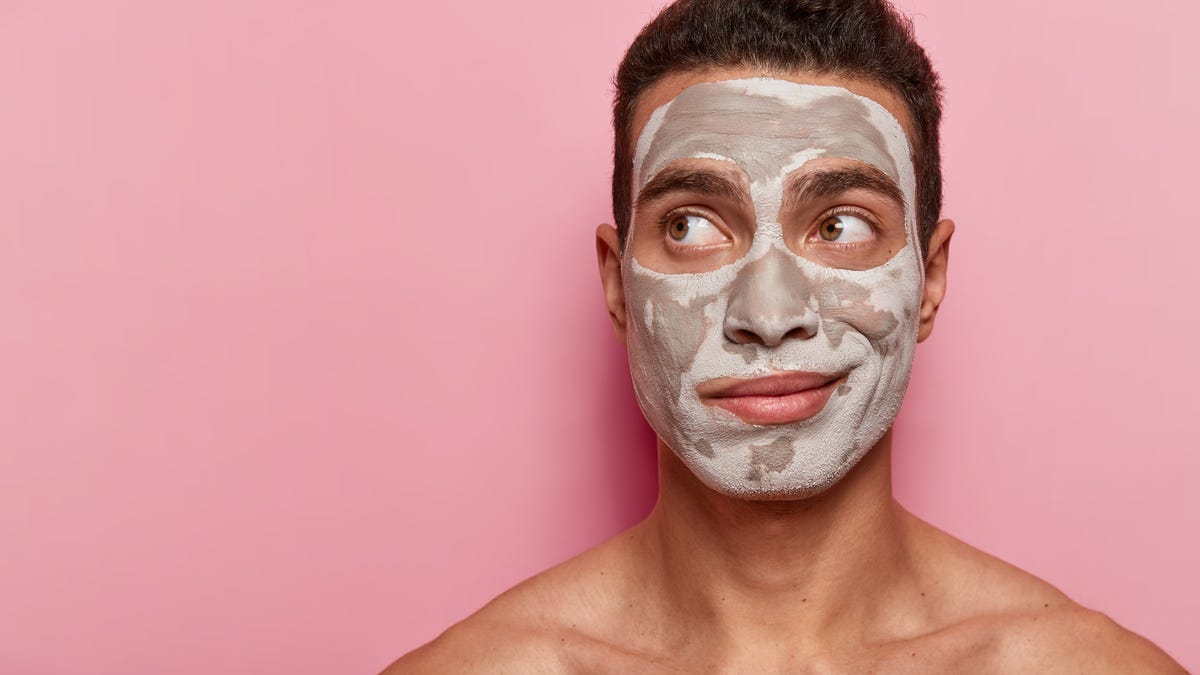Men Don’t Need ‘Masculine’ Beauty Products - 4 minutes read

There is a certain gendered order to the marketing world: Products aimed at women must be purchased and used by women; products that cater to male needs must be purchased and used by men. The result is a siloed notion of what qualifies as a socially acceptable beauty product. But that’s a bunch of bullshit.
Or to put things more politely: especially as our perceptions of gender evolve, it’s worth it discuss this old presumption for what it is—a marketing deception. While some products, such as topical skin creams, soaps, and cleansers might cater to a certain gender’s biological traits, we’ve generally been sold a false notion about the need for a sex-segregated world of beauty and self-care. Here’s why you should really just buy and use whatever product you want, regardless of whether or not you belong to its targeted audience.
Men’s and women’s products really aren’t that different
It’s true that some gendered products—mainly within the realm of skin car—are a little bit different in their chemical compositions. Yes, men typically have tougher, hairier skin as a result of testosterone and more consistent shaving, but beyond minute differences in formula, men’s and women’s beauty products are predominantly separated by aesthetics.
My razor, for instance, is shiny and metallic, with black plastic grips to make it resemble some kind of workshop tool. My wife’s is baby blue with white trim. Both of them have the same number of razor blades and perform the same function, but they are distinctly opposite in aesthetic presentation.
When it comes to deodorant, men’s and women’s lines are separated merely by fragrance family and packaging, both of which are presumably informed by market research. As explained by the BBC’s Science Focus, men’s and women’s antiperspirants are comprised of the same chemicals:
They just have different fragrances – and packaging. The chemicals that do the hard work are generally the same. Deodorants target bacteria with antibacterials, while antiperspirants reduce sweat levels with aluminium- or zirconium-based chemicals
The marketing ploy extends well beyond deodorant. As Dr. David Colbert, founder and head physician of New York Dermatology Group, told Bustle in 2015:
Much of the difference between men’s and women’s products is purely how it’s marketed. Colors and shapes of bottles to attract their attention and, of course, fragrance: Leather and musk may grab men versus flowers and fruit for females. There are a few exceptions, but ingredients are predominantly similar.
As a sweaty man, I can personally attest to this: Whenever my I run out of deodorant, I’ve always found my wife’s stick of Secret to do the trick just as effectively as my Old Spice. The only difference? I just wind up smelling like my wife.
Gender norms are crumbling anyway
As the idea of gender as a social construct gains more mainstream acceptance, you’re likely going to find more beauty products that don’t adhere to a gendered world, anyway. A 2018 poll from McKinsey found that 48 percent of Generation Z (the generation after Millennials) values brands that eschew gender-based marketing. The erosion of gendered norms is already starting to crop up in the beauty market, and marketers across industries are responding to the changing tide.
Last March, for instance, the Washington Post talked to David Yi, the founder of the male grooming publication Very Good Light, about Gen Z’s efforts to redefine typical masculine and feminine associations. He said his website aims to “redefine masculinity and men’s beauty standards,” while the broader Gen Z cohort, per his thinking, is “cognizant that American or Western culture isn’t the end-all, be-all.”
Given that polling suggests Gen Z overwhelmingly favors overhauling our existing gender paradigm, you can expect to see this reflected in products that cater less to these outdated notions, and more to people who identify as non-binary, have more fluid interpretations of gender, or simply don’t care one way or the other.
The takeaway: None of the marketing ploys that wedge people into certain groups have ever really made a difference to your beauty routine. Men’s and women’s products largely do the same things, so the only thing that matters is finding the product you like, regardless of whom it’s marketed to.
Source: Lifehacker.com
Powered by NewsAPI.org